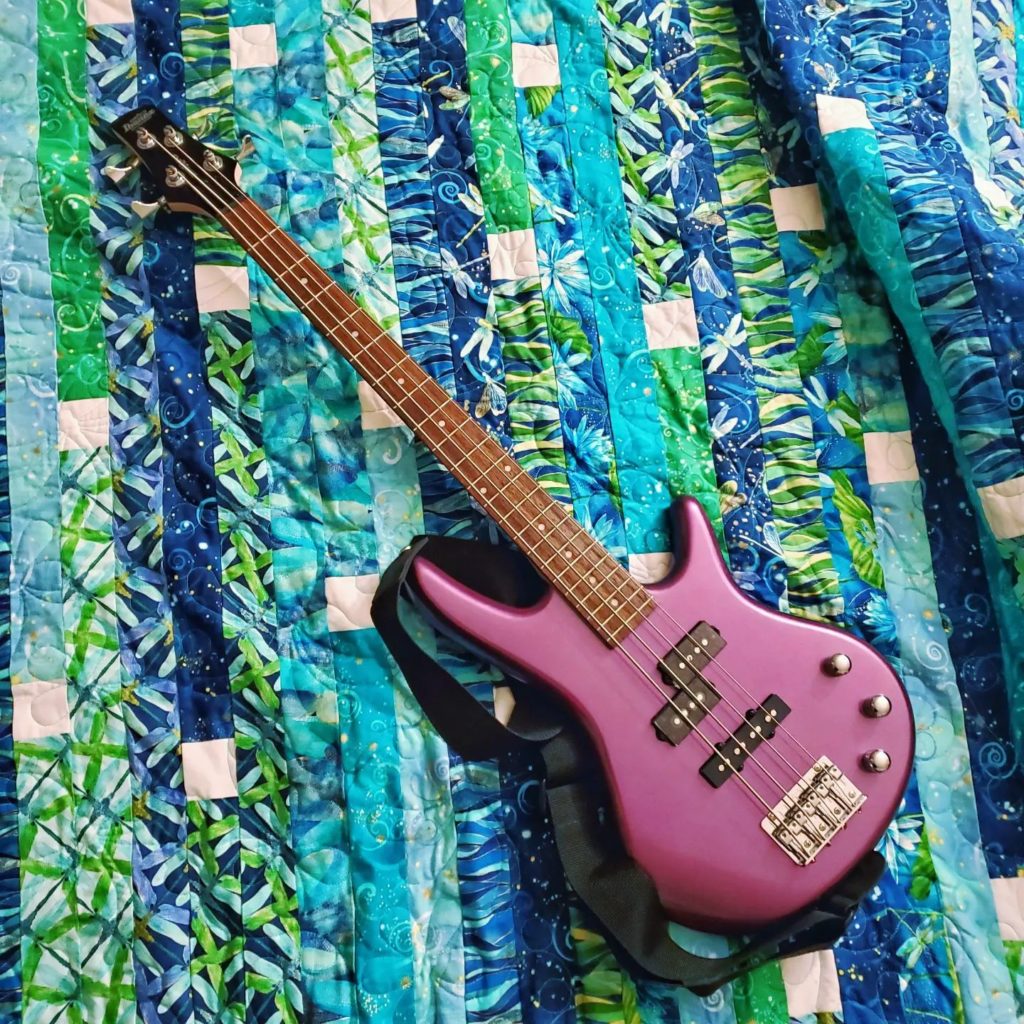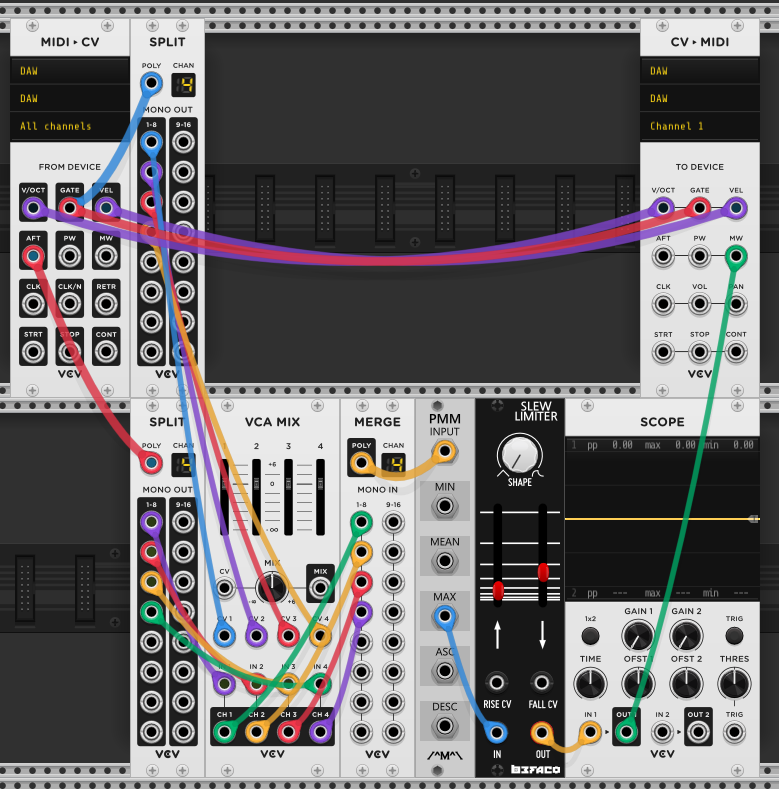My Aquila Thunderbrown strings arrived Monday, and I put them on, following Aquila’s YouTube tutorial. But I didn’t stretch them enough first, and they wound too many times around the posts, particularly the D, which is a bad idea. So I went to unwind the D and the tuner stuck. It just wouldn’t loosen any further.
Checking in with more experienced folks on the Talkbass forum, I was able to get the string off by stretching it over the post (these are very stretchy strings), but the tuner is still both jammed, and wobbling loosely in the headstock. To make matters worse, the screw that holds the gear and spool on — necessary to remove if I’m going to tighten it, check for damage, or replace the tuner — is stripped. It’s in a recessed part of the gear where my trusty Vampliers can’t get a bite. So I guess the next step is to try using a rubberband to get a better grip, and if that doesn’t work, carefully drill the screw out.
I have replacement tuners on order. Thankfully these are cheap and simple, at $15 for a set of four, rather than the $20 for a single Hipshot Custom Ultralight tuner that is all Kala sells. I don’t know if my own mistake (too many windings) is what botched the tuner, or if it exacerbated a defect or improper installation, or maybe the previous owner did something to it too. But hopefully this is all the expense that will need to go into fixing it; taking it to a luthier would be costly and I’d feel pretty dumb doing so, and few luthiers have probably worked on a U-bass much anyway.
The strings themselves seem nice though. They have a bit of texture to them and aren’t slick, but they don’t have the kind of sticky feel that the older Thunderblack strings had. I never had a serious problem with that, but then, it’s winter, the humidity is low and my skin is really dry. I didn’t really notice a big difference in tone. I was going to compare the sustain, but the tuner fiasco was a mighty distraction. A more thorough review with actual playing will have to wait until things are fixed and it’s got four strings properly wound, but my general feeling is: if the feel of Thunderblack strings bugs you, these may help a lot. If it doesn’t, it’s a minor upgrade, and you can wait until your old strings really need replacing.
As for the Mikro: the more I play it, the more I like it! I’m going to just stick with the current strings until they’re worn out, and probably keep roundwounds on it forever. I found some resonator effects where the zingy sound of running fingers over the strings creates some sonic magic, and I really like how easily I can slap and tap with it. I was doing some two-handed tapping with it last night and it was a joy — the technique looked difficult to me until I actually tried it — and found a use for ambient slapping.
My main crime right now in terms of technique is in how I let the pressure off the frets while the note is decaying, causing a rattle. Staying put until the note is done ringing out, or muting it first would help; it’s also likely that lifting the finger off faster, cleaner, all the way will prevent a rattle.




